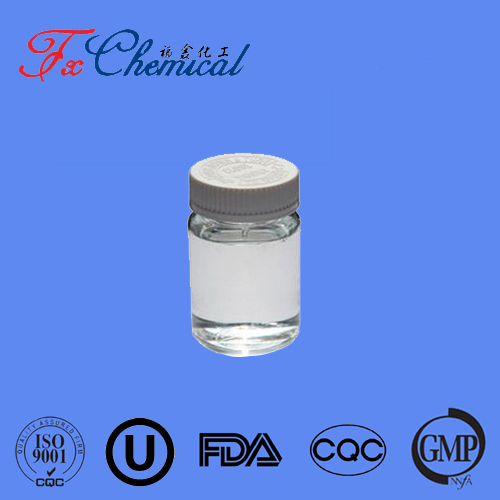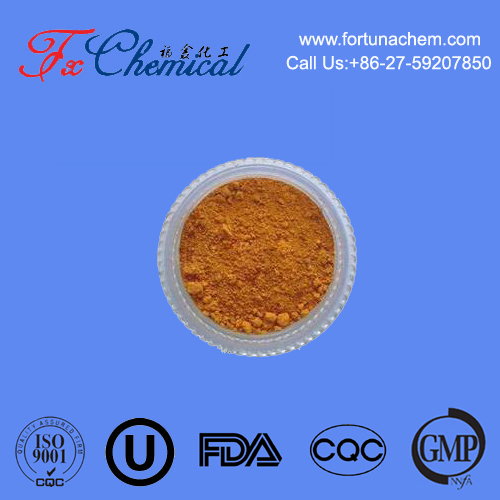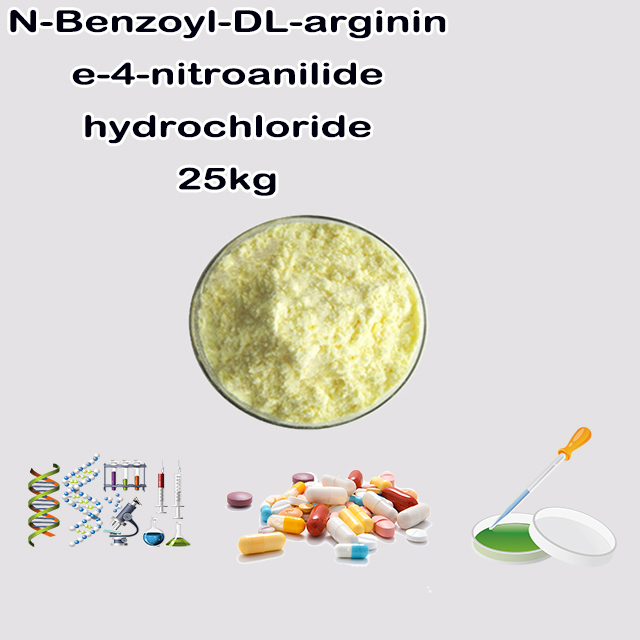
Search

Search











Salclobuzate sodium is a synthetic, medium-chain fatty acid salt that functions as a pharmaceutical absorption enhancer, similar in concept to Salcaprozate Sodium (SNAC).
Chemically, it is known as sodium 4-[(2-hydroxybenzoyl)amino]butanoate. Its structure consists of:
A salicylic acid moiety (the 2-hydroxybenzoyl group).
A 4-carbon fatty acid chain (butanoate).
A sodium salt for solubility.
This amphiphilic structure allows it to act as a carrier, facilitating the transcellular absorption of poorly permeable drugs (like peptides) across the gastrointestinal epithelium. It was investigated to enable the oral delivery of drugs like heparin, but it has not achieved the same commercial success as SNAC and remains a largely experimental compound.
Salcaprozate Sodium (also known by its development code SNAC) is a synthetic, medium-chain fatty acid derivative that acts as a pharmaceutical absorption enhancer. Its primary job is to help certain drugs, especially large molecules, get absorbed from the stomach into the bloodstream when taken orally. It is a key component in the first-ever oral tablet versions of medications that previously had to be injected.
Chemical Name: Sodium N-(8-[2-hydroxybenzoyl]amino)caprylate
Structure: It is composed of two main parts:
A salicylic acid moiety (the "2-hydroxybenzoyl" part).
An 8-carbon fatty acid chain (the "caprylate" part).
Properties: It is an amphiphilic molecule, meaning it has both hydrophilic (water-attracting) and hydrophobic (water-repelling) regions. This property is crucial for its function.
Many modern drugs, such as peptides and proteins (e.g., insulin, semaglutide), are large, hydrophilic, and fragile molecules. When taken orally, they face major obstacles:
Stomach Acid: Can degrade them.
Digestive Enzymes: Can break them down.
The Gut Wall (Epithelium): Is designed to be a barrier, preventing large molecules from passing into the bloodstream.
Salcaprozate Sodium helps overcome the last two barriers through a multi-faceted mechanism:
A. Local Buffering Effect
SNAC has a weak buffering capacity. When a tablet containing SNAC and the drug dissolves in the stomach, it transiently and locally raises the pH immediately around the drug. This simple action has two critical benefits:
It protects the drug from being degraded by the highly acidic environment of the stomach.
It helps keep the drug in a neutral, more absorbable form.
B. Permeation Enhancement
This is its core action. The amphiphilic nature of SNAC allows it to interact with the membranes of the cells lining the stomach.
It does NOT cause widespread damage or membrane disruption.
Instead, it is believed to facilitate transient transcellular absorption. This means it may help the drug molecule pass through the stomach cells temporarily and reversibly, without causing long-term harm.
It might also act as a carrier, forming a non-covalent complex with the drug molecule to help shuttle it across the cellular membrane.
The most famous and successful application of Salcaprozate Sodium is in the drug Oral Semaglutide, marketed as Rybelsus®, which is used for type 2 diabetes and obesity.
The Problem: Semaglutide is a large peptide (a GLP-1 analog). Without an enhancer, it has less than 1% oral bioavailability—it's completely destroyed in the GI tract.
The Solution: The Rybelsus® tablet is co-formulated with a specific, patented dose of Salcaprozate Sodium.
The Process: The patient must take the tablet on an empty stomach with a small sip of water. This ensures the tablet reaches the stomach, where SNAC can create its local high-pH microenvironment and facilitate the absorption of semaglutide directly through the stomach lining.
Site-Specific: It works primarily in the stomach, which is a key advantage over enhancers that target the intestine.
Transient and Reversible: Its effect is temporary. The stomach lining quickly returns to normal after the drug and SNAC have been absorbed or moved on.
Safe Profile: It has been extensively tested and approved by regulatory bodies (like the FDA and EMA) for chronic use in medications like Rybelsus®.
Not a Universal Solvent: It is not effective for all drugs. Its success is highly specific to the properties of the drug molecule it is paired with.
| Aspect | Description |
|---|---|
| What it is | A synthetic, amphiphilic absorption enhancer (Sodium N-(8-[2-hydroxybenzoyl]amino)caprylate). |
| Primary Role | To enable the oral delivery of large, poorly absorbed drug molecules (like peptides). |
| Key Mechanism | Local buffering (protects the drug) and permeation enhancement (helps the drug cross the stomach lining). |
| Famous Example | Rybelsus® (Oral Semaglutide) – where it makes oral delivery of a peptide possible. |
| Significance | A breakthrough excipient that has enabled a new class of oral biologic medications, replacing injections. |
In essence, Salcaprozate Sodium (SNAC) is a brilliant piece of pharmaceutical engineering. It is not an active drug itself, but it acts as a crucial "key" that unlocks the door for other important drugs to be taken as a convenient pill, dramatically improving patient quality of life.

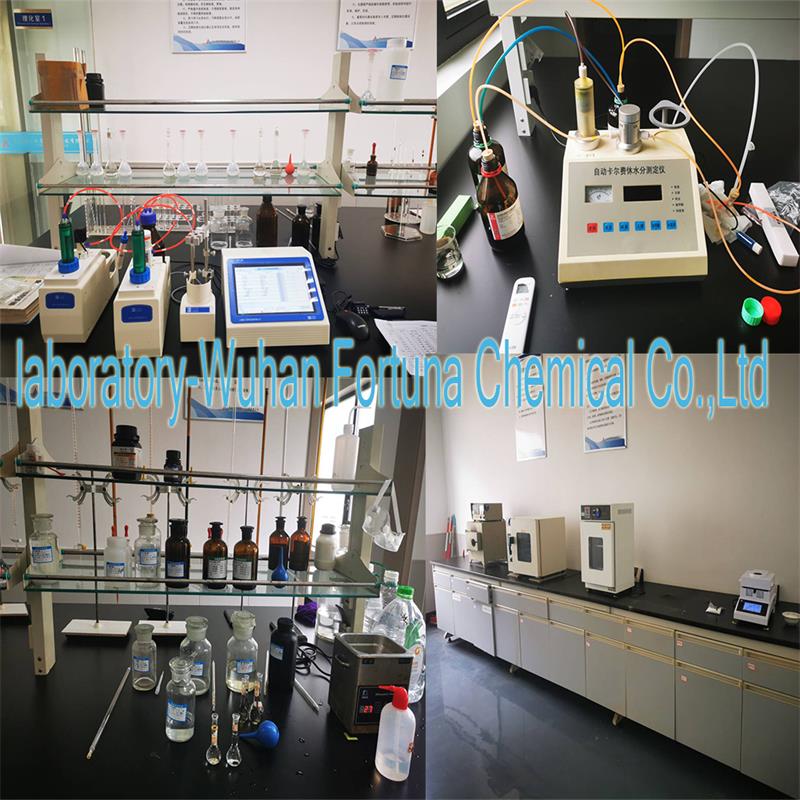
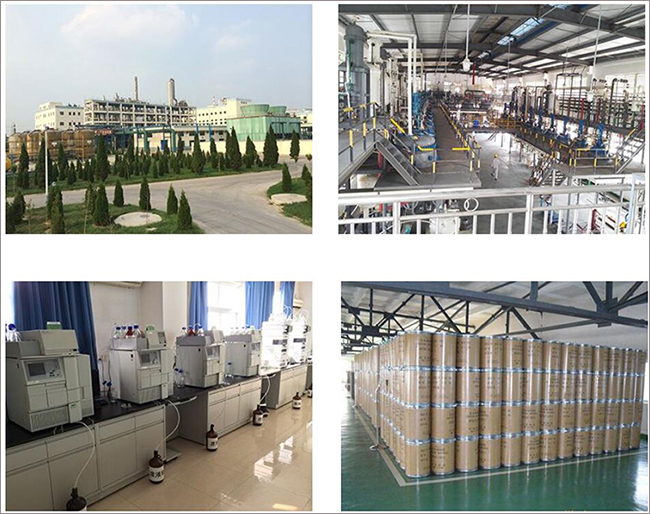

Fortunachem Provides Not Only Professional Chemical Products But Also Professional Help
Keeping you up-to-date with all the latest information, news, and events about Fortunachem!

Quick Links
Add:
E-mail:
 English
English  Español
Español  français
français  العربية
العربية 
